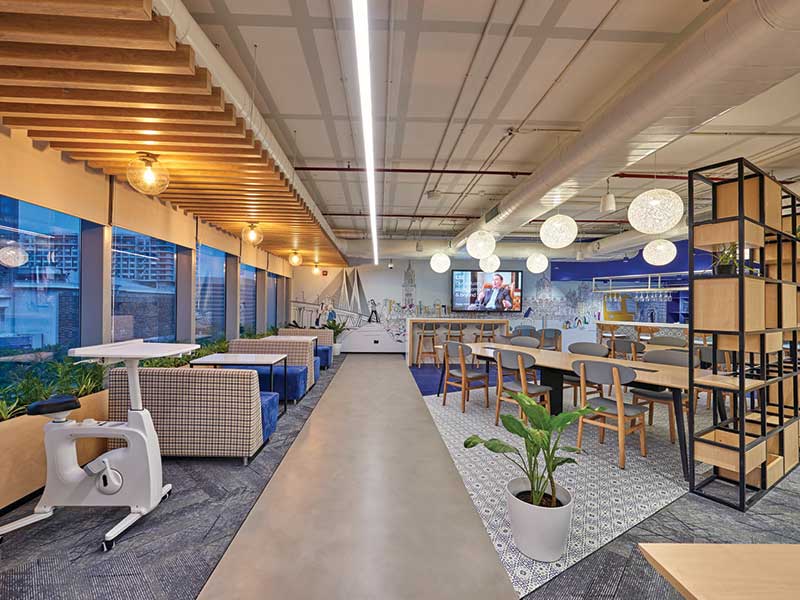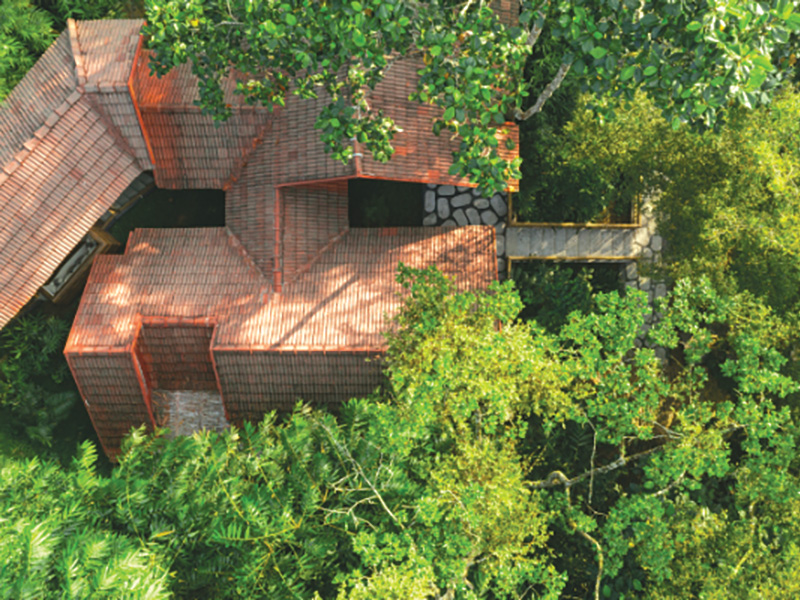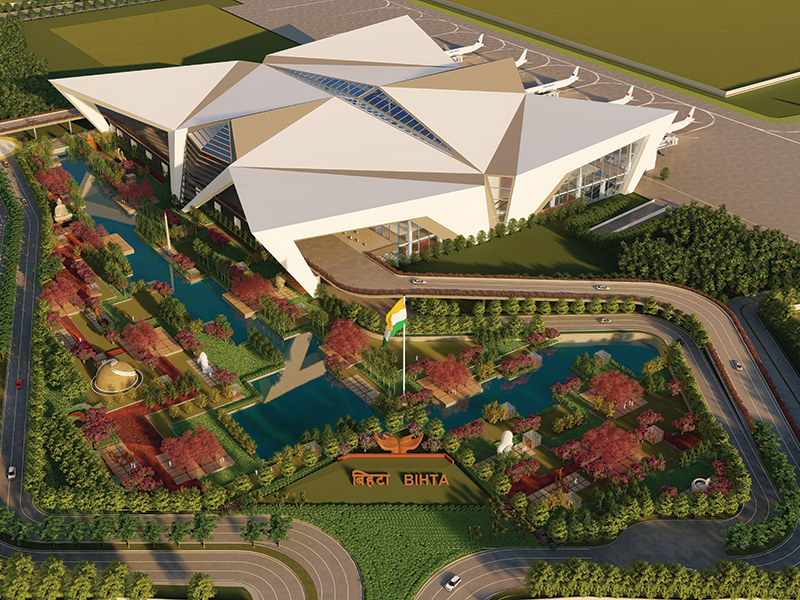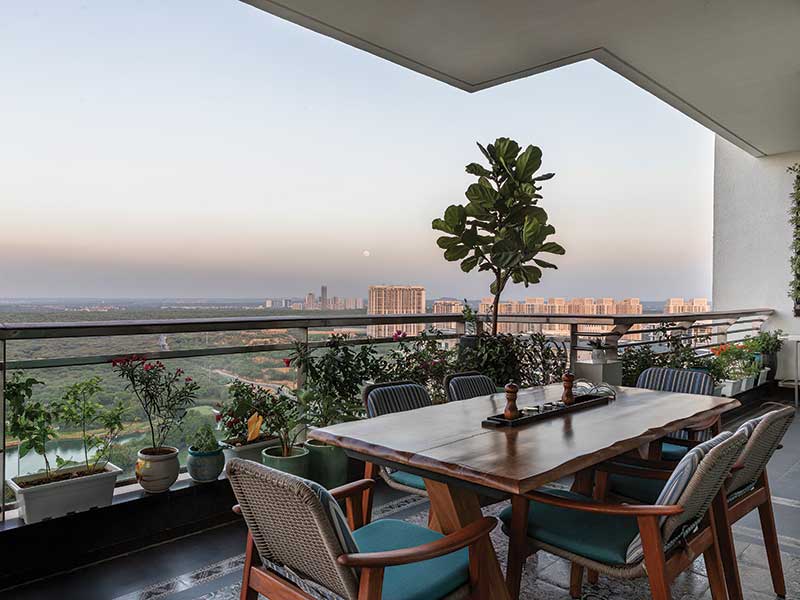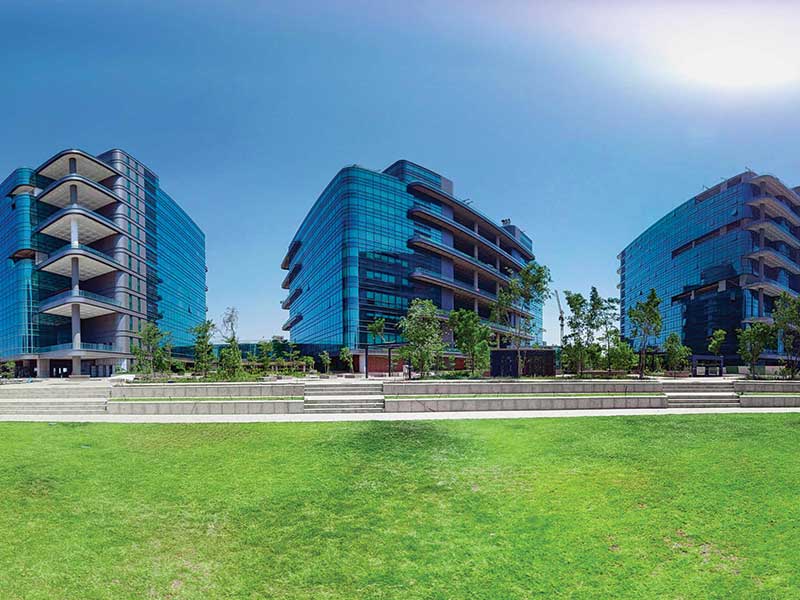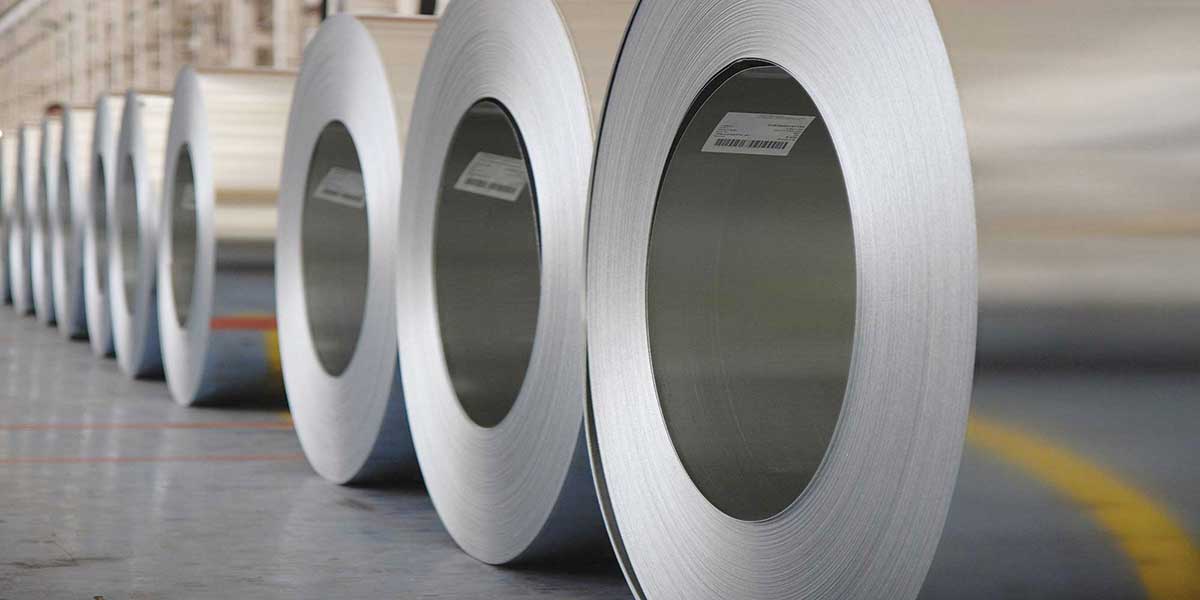
Evolution of Architecture
Architecture mirrors the development of civilizations over time. The evolution of architecture is greatly influenced by cultures, regions, trends and technology. Early architecture or Neolithic architecture was mostly characterized by homes made from mud and thatch; these homes were crafted just for survival. Up until the 12th century, architectural trends heavily relied on Greek and Roman designs. The Renaissance era brought about key developments: well-proportioned buildings and structures paved the way for modernized architecture. Geometry, intricate designs and symmetrical shapes started defining buildings. Modern buildings today are characterized by use of technology and sustainable materials. A few key trends that are shaping and defining this industry are smart home technology, green buildings, indoor-outdoor living, and multi-generational living.
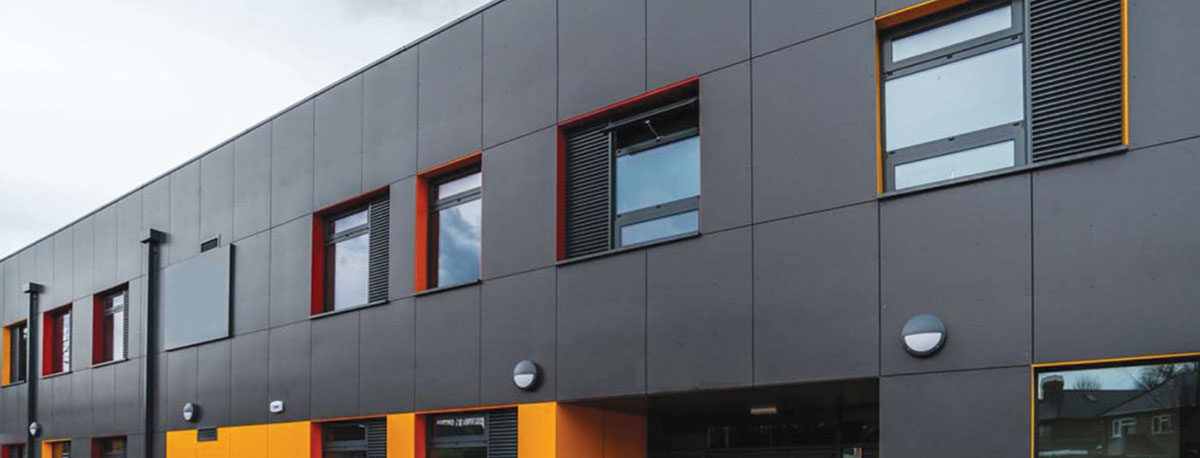
Emergence of Aluminium in Architecture
In earlier times, aluminium was not commonly used for architecture and construction due to the costs of production. But with increased influence of technology and innovation in processes, the cost of production for aluminium reduced by more than half,1 and its use in modern architecture increased drastically. Given its suitable properties and cost effectiveness, aluminium soon found its way into architectural wonders like the Empire State Building and the Aluminaire House. The metal soon became popular for various applications like windows, roofing, curtain walls, and doors as well as decorative applications. Even today, aluminium continues to push boundaries and revolutionize the industry.
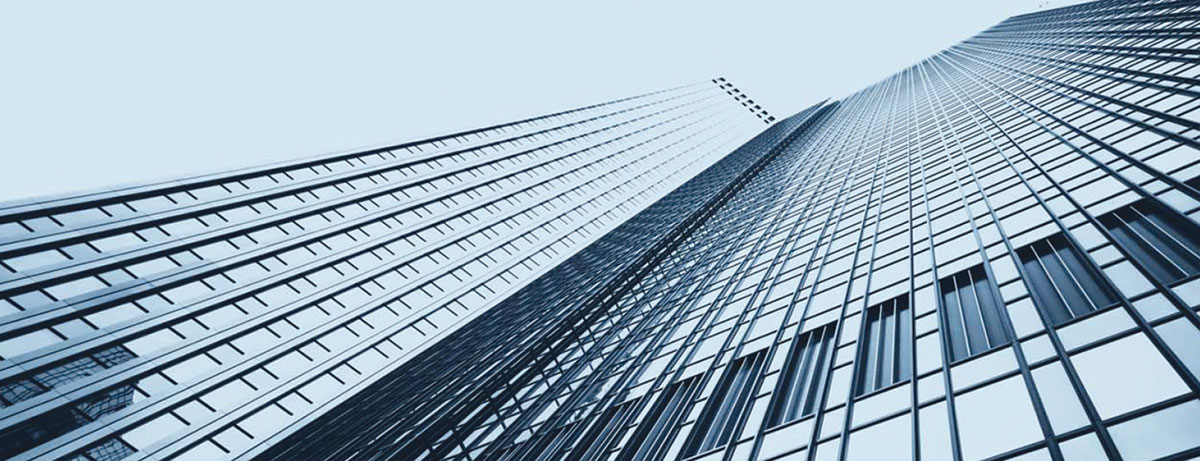
Application of Aluminium in Modern Architecture
Decorative Applications: Aluminium, due to its extreme malleability, can be designed into any shape. This property of aluminium has made it the first choice for architects to use it as a decorative metal. Being lightweight and with the ability to be coated, aluminium found itself being moulded into various shapes and designs for decorative purposes. The metal has a wide application and is used extensively in the façade of buildings, in glazing windows, doors, spandrels, louvers, blinds, sky lights, ornamental trims etc. It can also be seen in various roofing panels and gutter paneling.
Green Buildings: With an increased focus on green building technology, aluminium is becoming a preferred metal due to its sustainable nature. Aluminium is one of the very few metals that can be recycled, reused and recovered. It also has the ability to enhance the energy efficiency of a building, which reduces the energy requirements and thereby the cost. This makes aluminium a green metal and is increasingly being used in green construction technology. LEED has recognized the potential of various aluminium intensive buildings in reducing the burden on the environment and has awarded them with sustainable building awards.
Aluminium Roofing: Architects have increasingly turned to aluminium for roofing. Given its properties of being strong, lightweight and durable, aluminium finds a broad range of applications in roofing systems. It does not need structural reinforcements, unlike other metals. Intricate and ornamental roofing designs make aluminium the chosen material for strong yet aesthetic roofs.
Aluminium Ceiling Tiles: Aluminium ceiling tiles are being used extensively due to their aesthetic appeal and the ability to be customized into various designs. These ceiling tiles can also be coated and are hence a preferred option for colorful interiors. The coating also allows the aluminium ceiling tiles to maintain their shine for years, thus, reducing the need for maintenance.
Aluminium Facades: Building facades made of aluminium are seen now on skyscrapers more than ever before. Aluminium provides a high design-flexibility and reduced weight of the structure. It also improves the appearance of the building as being corrosion resistant, aluminium facades have a long life.
Advantages of Aluminium in Modern Architecture
Aluminium’s extensive use in architecture is due to its highly sustainable and unmatchable properties that make it a preferred metal.
Strength: Aluminium and its alloys support huge glass spans purely due to its strength.
Corrosion-resistant: Being corrosion-resistant, aluminium is preferred over metals such as steel as it reduces the need for maintenance. It doesn’t get affected by changing weather conditions and has a longer life span.
Malleability: Aluminium’s malleability is one the key properties that make it an integral element in architecture. Its ability to be moulded into intricate designs and shapes make it a natural choice for architects.
Aesthetic Appearance: Bright and smooth finishing is possible with aluminium structures as compared to other metals. It is also possible for aluminium to be anodized / powder coated in various shades unlike other metals thereby making it suitable for decorative requirements.
With an increased focus on sustainable architecture, demand for this green metal is set to multiply as it will contribute to the transformation and enhancement of modern architecture
Pragun Jindal Khaitan, JAL




